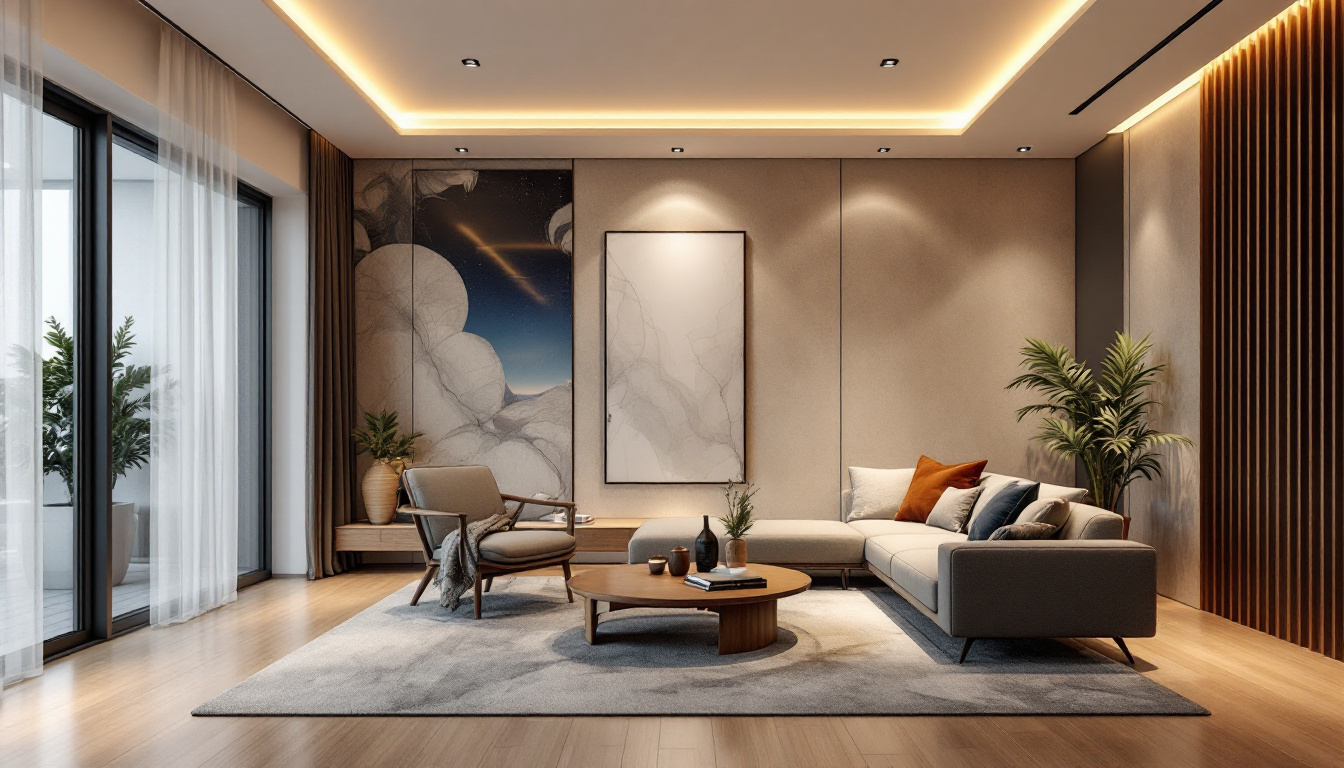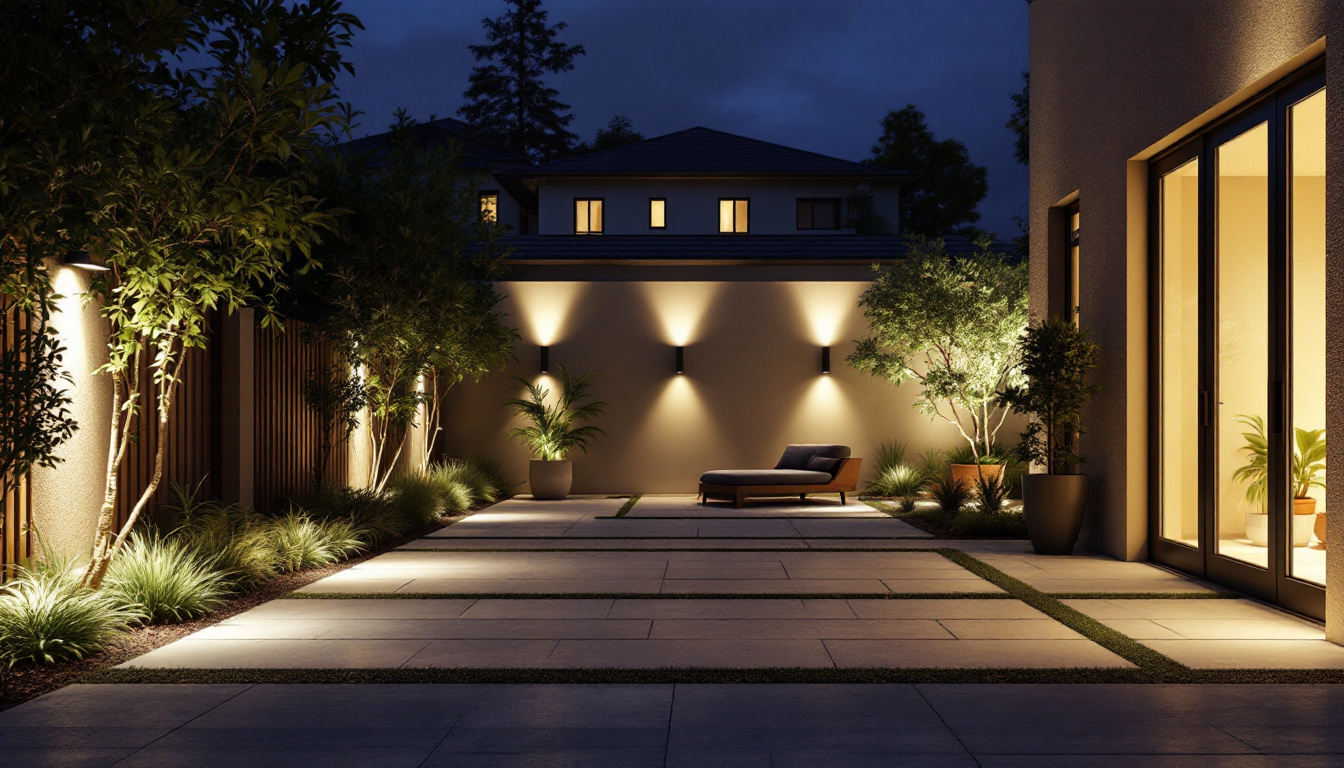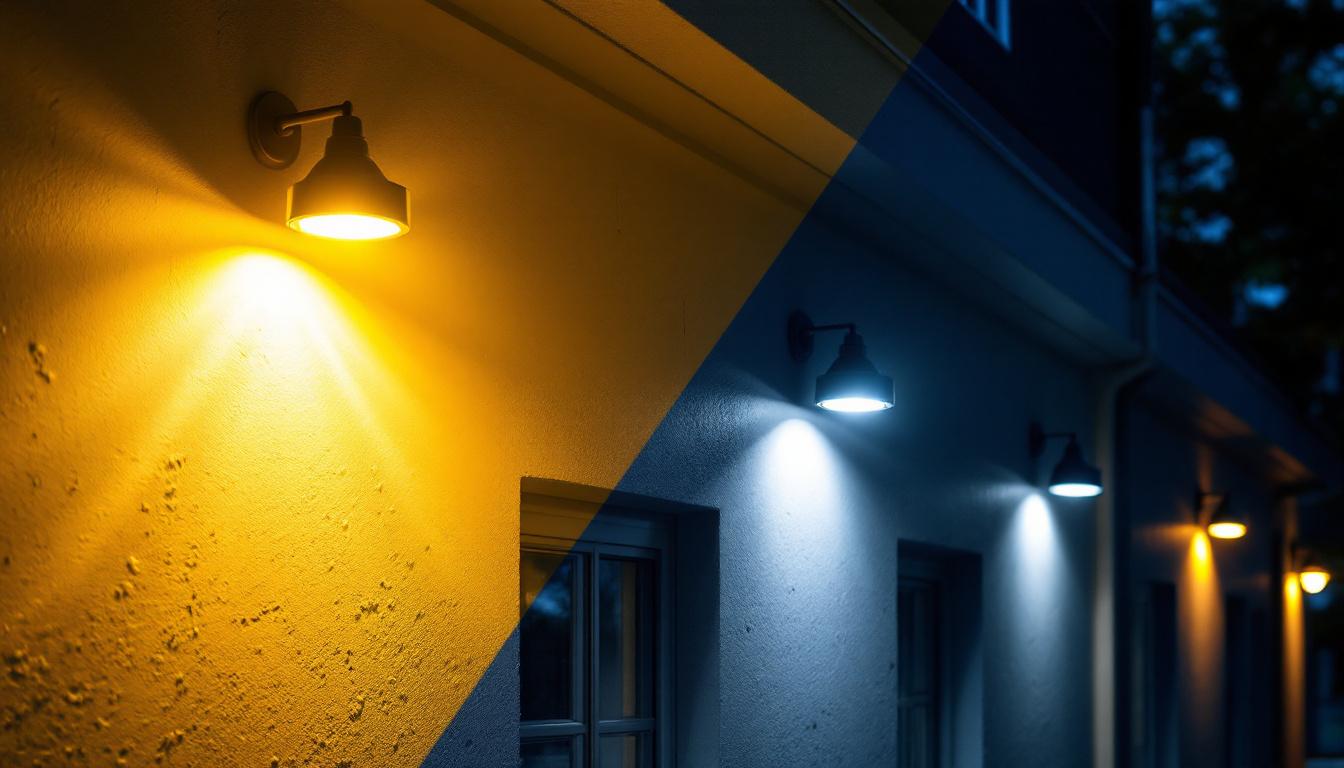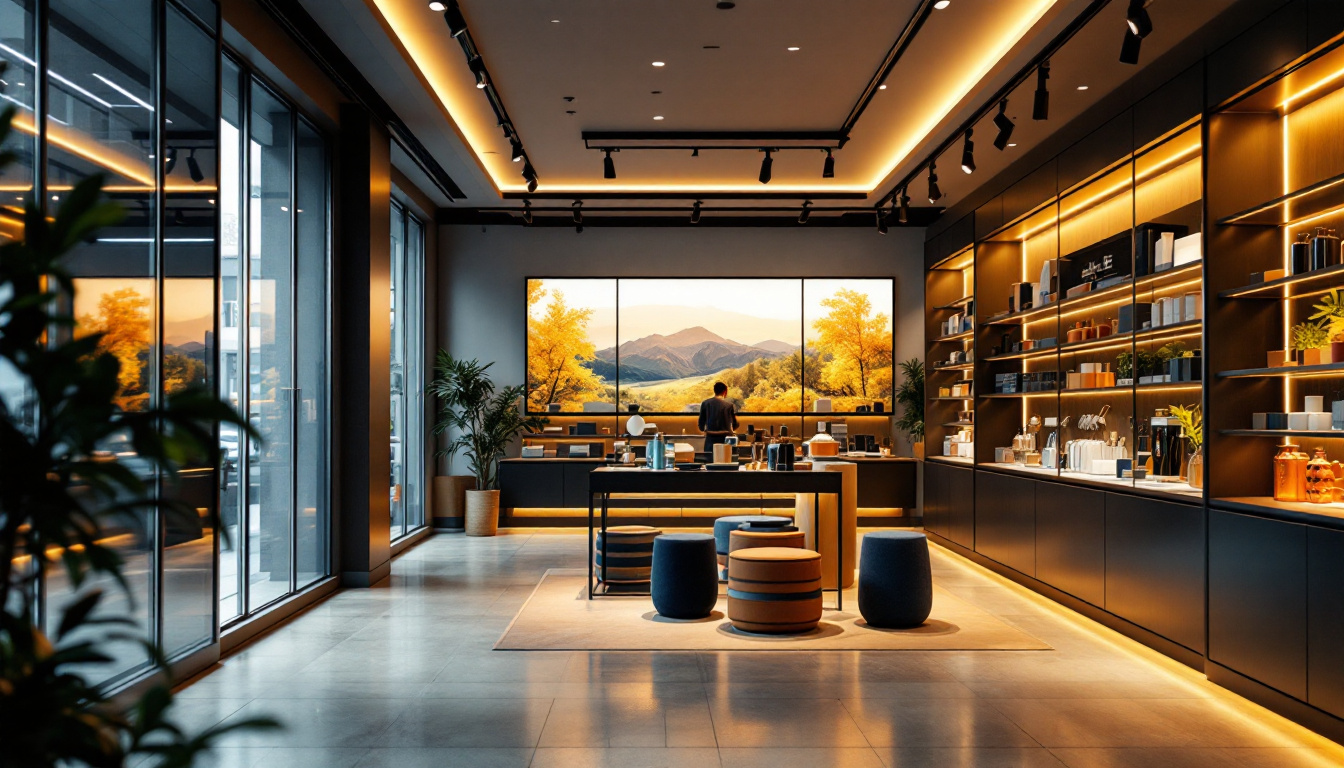
Recessed lighting has become a staple in modern interior design, offering a sleek and unobtrusive way to illuminate spaces. As the demand for this type of lighting continues to grow, lighting contractors are often faced with the challenge of providing clients with the best options and solutions. This article delves into six key insights from expert lighting contractors that can help enhance the effectiveness and appeal of recessed lighting installations.
Before diving into the intricacies of recessed lighting, it’s essential to grasp the fundamental concepts. Recessed lighting, often referred to as can lighting or pot lighting, involves fixtures that are installed into the ceiling, creating a clean and streamlined look. These fixtures can serve various purposes, from ambient lighting to task lighting, depending on their placement and design. The seamless integration of recessed lighting into a ceiling can enhance the overall aesthetic of a room, making it feel more spacious and inviting.
Moreover, recessed lighting is not just about illumination; it can also play a significant role in setting the mood of a space. By strategically placing fixtures, homeowners can create zones of light that cater to different activities, such as reading, cooking, or entertaining. This versatility makes recessed lighting a popular choice in modern interior design, where functionality and style go hand in hand.
There are several types of recessed lighting fixtures, each designed for specific applications. The most common types include:
In addition to these primary types, there are also specialized fixtures such as shower-rated recessed lights, which are designed to withstand moisture and humidity, making them perfect for bathrooms. Similarly, there are also fixtures with integrated smart technology that allow users to control brightness and color temperature via smartphone apps, adding a layer of convenience and customization to the lighting experience.
Each recessed lighting fixture typically consists of several components, including the housing, trim, and bulb. Understanding these components is crucial for effective installation and maintenance. The housing is the part that holds the light bulb and is installed within the ceiling, while the trim is the visible part that finishes the look. Bulbs can vary in type, including LED, halogen, and incandescent, each offering different levels of brightness and energy efficiency.
Additionally, the choice of trim can significantly impact the overall appearance and functionality of the lighting. Trims come in various styles, such as baffle, reflector, and adjustable, each serving different aesthetic and practical purposes. For instance, a baffle trim can help reduce glare, making it ideal for spaces where comfort is a priority, while a reflector trim can enhance brightness, perfect for task-oriented areas. Understanding these nuances allows homeowners to tailor their lighting choices to meet both their design preferences and functional needs.
Placement is one of the most critical aspects of recessed lighting design. Poorly positioned fixtures can lead to uneven lighting, shadows, and an overall uninviting atmosphere. Expert lighting contractors emphasize the importance of strategic placement to achieve the desired effect. When done correctly, recessed lighting not only illuminates a space effectively but also enhances its architectural features, creating a warm and welcoming environment.
When planning the placement of recessed lights, consider the following guidelines:
Effective lighting design often involves creating layers of light. Recessed lighting can be used in conjunction with other types of lighting, such as pendant lights or wall sconces, to achieve a balanced and inviting atmosphere. By combining ambient, task, and accent lighting, contractors can enhance the functionality and aesthetic appeal of a space. For example, in a living room, recessed lights can provide general illumination, while floor lamps or table lamps can offer softer, localized lighting for reading or relaxation.
Additionally, the use of dimmers can greatly enhance the versatility of recessed lighting. By allowing homeowners to adjust the brightness according to the time of day or the mood they wish to create, dimmers can transform a space from bright and energetic to soft and intimate with just a flick of a switch. This flexibility is particularly valuable in multi-functional rooms where activities can range from lively gatherings to quiet evenings spent unwinding with a book.
The choice of bulbs can significantly impact the performance and ambiance of recessed lighting. With a variety of options available, it’s essential for contractors to understand the differences and make informed recommendations to clients.
Each type of bulb has its advantages and drawbacks:
Color temperature is another crucial factor to consider. Measured in Kelvin (K), color temperature affects the mood and functionality of a space. For example, warmer temperatures (2700K-3000K) create a cozy atmosphere, while cooler temperatures (4000K-5000K) are better suited for task-oriented areas. Additionally, the brightness of the bulbs, measured in lumens, should be matched to the intended use of the space to ensure adequate illumination.
As energy costs continue to rise, energy efficiency has become a top priority for many homeowners. Lighting contractors play a vital role in helping clients make sustainable choices that reduce energy consumption while maintaining aesthetic appeal.
One effective way to enhance energy efficiency is by incorporating dimmers and smart controls into recessed lighting systems. Dimmers allow users to adjust the brightness according to their needs, reducing energy usage when full brightness is unnecessary. Smart controls, which can be programmed or controlled via mobile devices, offer even greater flexibility and efficiency.
Contractors should also recommend fixtures that are designed with energy efficiency in mind. Look for products that are ENERGY STAR certified, as these meet strict energy efficiency guidelines set by the U.S. Environmental Protection Agency. Additionally, using LED fixtures can significantly reduce energy consumption compared to traditional lighting options.
Even experienced lighting contractors may encounter challenges during the installation and maintenance of recessed lighting. Identifying these challenges and knowing how to address them can enhance the overall success of a project.
One common issue arises when ceiling joists interfere with the placement of recessed fixtures. In new construction, this can be mitigated by planning the layout before installation. However, in existing homes, contractors may need to use remodel fixtures that can be installed without direct access to joists. Alternatively, creative placement and the use of adjustable fixtures can help navigate these obstacles.
Heat buildup is another concern, particularly with halogen and incandescent bulbs. Ensuring proper ventilation is essential to prevent damage to the fixtures and surrounding materials. Contractors should recommend fixtures with adequate heat dissipation features and educate clients on the importance of using LED bulbs, which produce less heat.
The lighting industry is continually evolving, with new trends and technologies emerging regularly. For lighting contractors, staying informed about these changes is crucial for providing clients with the best possible solutions.
Some current trends in recessed lighting include:
Advancements in lighting technology, such as tunable white LEDs and advanced control systems, offer exciting possibilities for contractors. Embracing these technologies not only enhances the quality of installations but also positions contractors as knowledgeable experts in the field.
Recessed lighting offers a versatile and modern solution for illuminating spaces, but successful installations require careful planning and execution. By understanding the basics, emphasizing proper placement, choosing the right bulbs, enhancing energy efficiency, addressing common challenges, and staying updated with trends, lighting contractors can provide exceptional service and create beautiful, functional spaces for their clients. As the demand for recessed lighting continues to grow, these insights will serve as valuable tools for contractors looking to excel in their craft.
Ready to elevate your recessed lighting installations with products that blend quality, affordability, and convenience? At LumenWholesale, we provide lighting contractors with an extensive selection of top-quality, spec-grade lighting products at unbeatable wholesale prices. Say goodbye to inflated markups and hello to superior lighting solutions that meet the highest industry standards. With our hassle-free bulk buying and free shipping, you can ensure your projects shine without hidden fees or compromises. Discover the perfect blend of performance and value. Wholesale Lighting at the Best Value awaits you at LumenWholesale.

Discover the most frequent pitfalls lighting contractors face when installing exterior LED lighting.

Discover how to transform your workspace with LED lighting solutions designed for maximum efficiency.

Discover the essential factors lighting contractors must consider when selecting wall pack light fixtures.

Discover how LED shop lighting is revolutionizing the future of lighting design and installation.